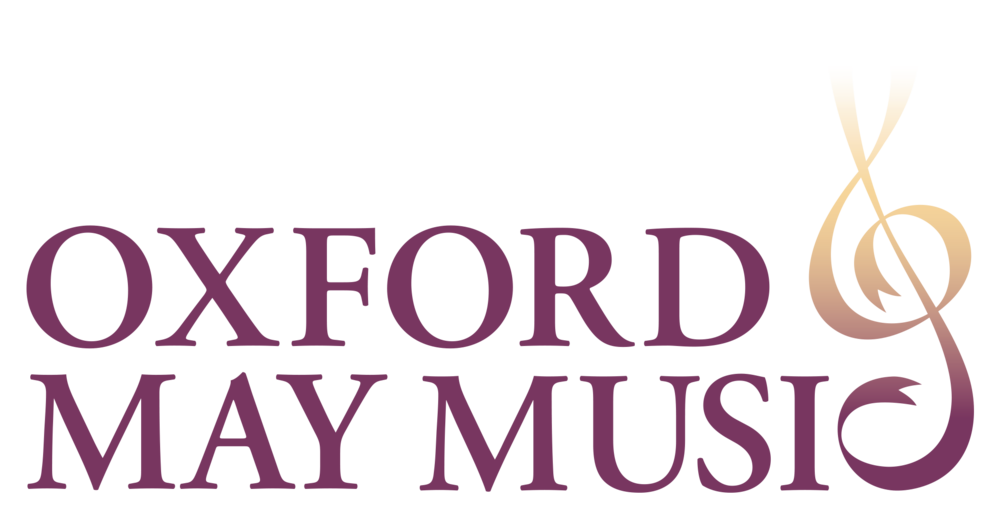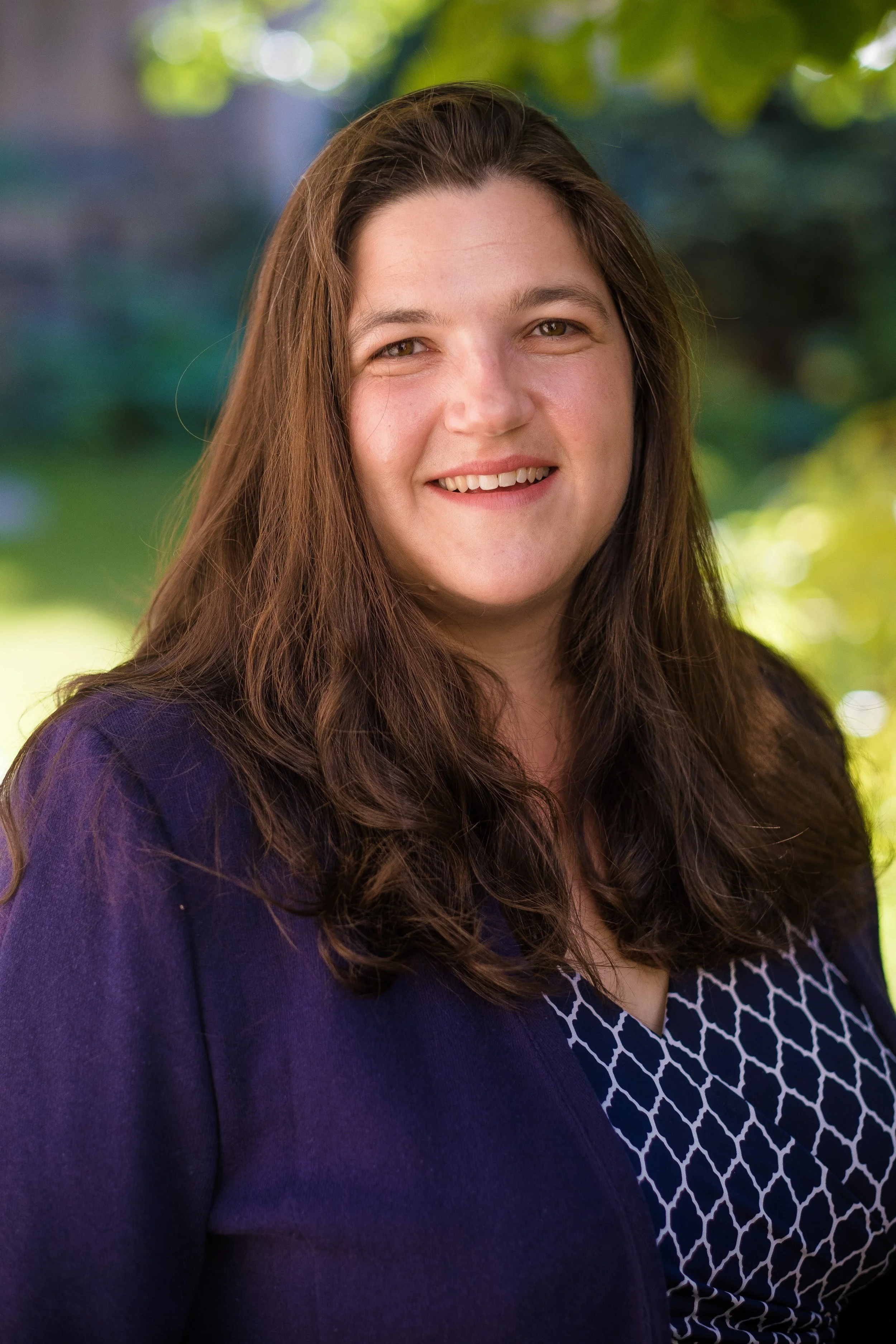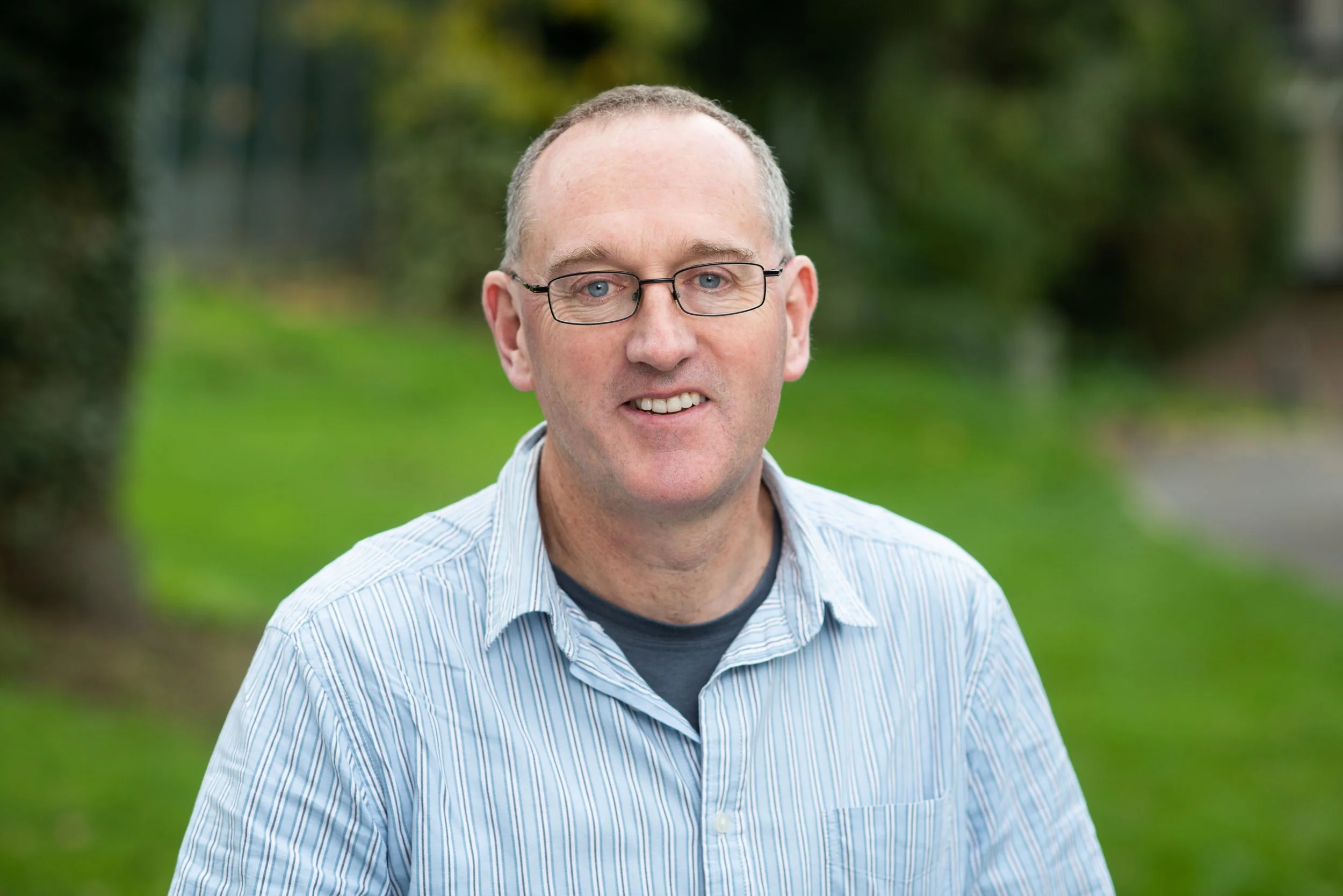
Concert 7 - Festival Finale
F. Mendelssohn: String Sinfonia No. 1 in C major
L. Spohr: Nonet for Flute, Oboe, Clarinet, Horn, Bassoon, Violin, Viola, Cello, and Double Bass in F major, Op. 31
Interval
L. van Beethoven: String Quintet in C major, Op. 29
C. Saluste-Bridoux - violin
J. Liebeck - violin
B. Roskams - viola
S. Oswell - viola
T. Carroll - cello
C. Miles - cello
S. Watton - double bass
Daniel Pailthorpe - flute
Emily Pailthorpe - oboe
J. Bliss - clarinet
Nicholas Korth - horn
G. Eckersley - bassoon
As usual, the finale crowds the stage with most of our Festival players. A nonet is pretty much the largest chamber grouping short of a string orchestra and we have a wonderful example from Spohr, known both for his violin virtuosity as well as his compositions. A very early work by Mendelssohn is indeed for string orchestra and, although young, he demonstrates astonishing musical talent. We conclude with a work new to the Festival, Beethoven’s only string quintet, often given the soubriquet “Storm” from its turbulent last movement. It is a transitional work between his early and middle periods and a little known and fascinating work from the great master.














